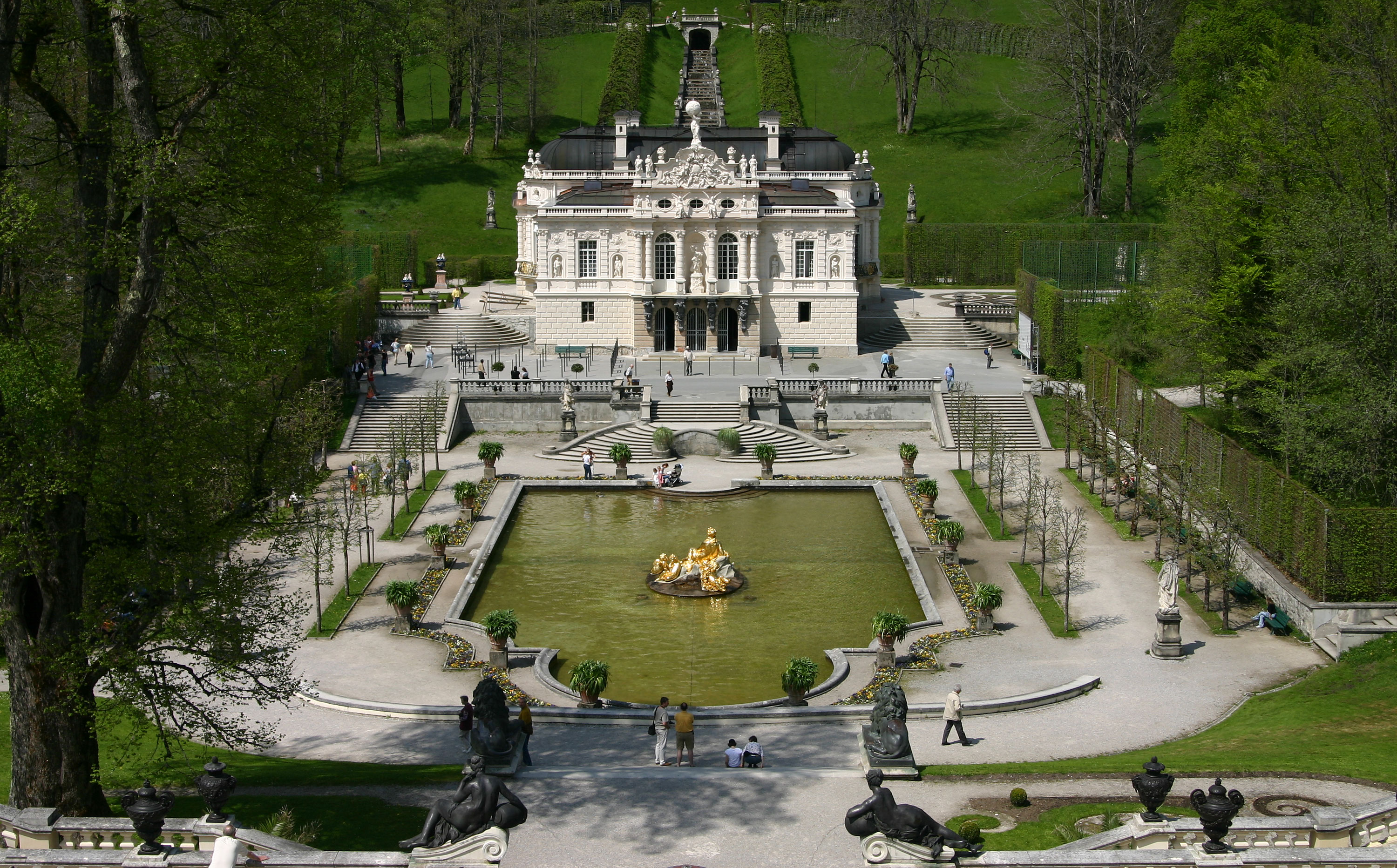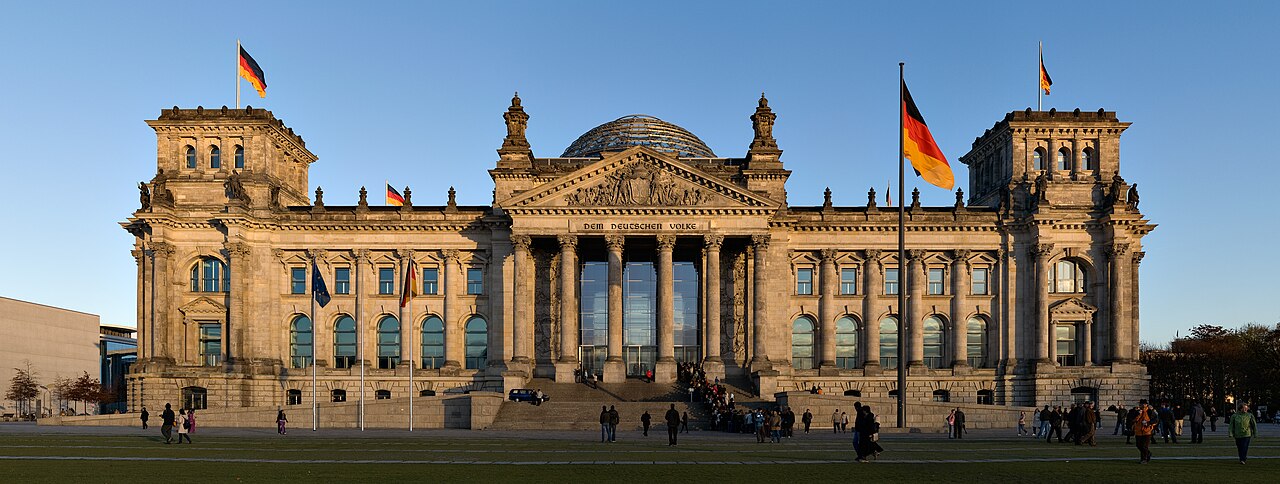Amidst coronavirus, I’m sticking to what I – and a lot of other people – love most: cooking and baking. One challenge I’ve presented to myself is to make a dish (or dishes) of international cuisines every week, learn some words from the language, and e-visit some of the country’s landmarks. Some of these dishes will be more complex than others, based on what ingredients I have available in the house.

Guten tag! This week, I’m off to Germany for some delicious baked goods. Worauf wartest du? (What are you waiting for?)
Through my research, I’ve realized that German food is rather rich. Germany’s staple foods include sausages, horseradish sauce/mustard, cabbage, dumplings, and rolls. Oh, and with over 1,200 breweries in the country, beer. When my family would visit Germany, we loved their seeded breads with multiple types of flour (rye, whole wheat, spelt, etc.).
Recently, Germany has seen a trend towards a more plant-based culture. In 2019, about 6.1 million people in Germany were either vegetarians or largely forgo meat consumption, according to statista.com. Also, a CNN article alluded that Germany is leading a vegan revolution. There’s even a vegan supermarket chain, Veganz, which started in Berlin in 2011.
DISH #1: BREZELN (GF + DF)
I’ve been to Germany several times as a layover to visit my family in Italy, and my brother and I can never get over the gorgeous pretzels at the airport. What airport food looks like it came from artisan bakers?!

Believe it or not, the Catholic Church had a role in the creation of pretzels. According to history.com, pretzels became an ideal food to consume during Lent, as meat, dairy, and eggs were prohibited. Pretzels were typically made from just:
- Flour. Mehl.
- Water. Wasser.
- Salt. Salz.
Some believe they were called “bracellae” (“little arms” in Latin), from which the Germans later derived the word “bretzel.” By the Middle Ages, they became a symbol of prosperity and were given to the poor to provide them with food and spiritual nourishment. In Germany, children used to wear pretzel necklaces on New Year’s as good luck for the next year. Come the 17th century, the loops of the pretzel had become a symbol for undying love, and became stars at royal wedding feasts. Who knew pretzels could be so romantic?

German immigrants brought pretzels to America when they began settling in Pennsylvania in the early 1700s. It wasn’t until 1861 that Julius Sturgis of Lancaster County developed the first hard pretzels.

At the beginning of COVID when there was a craze for flour, my mom had bought Rorie’s Gluten Free Oat Dough Mix. Usually I’m skeptical about mixes, but this one, started by a health coach, seemed worth a try. Plus, the ingredients were rather simple: gluten-free whole grain oat flour, tapioca starch, white rice flour, whole grain brown rice flour, potato starch, whole grain sorghum flour, xanthan gum, sea salt.
Rorie has multiple mixes, including ones that are low-carb and grain free. I hope to try some out soon!
As a warning, I may have made these pretzels a little too thick, so their appearance isn’t the most beautiful. However, as The Office‘s Dwight would put it, they are:

Recipe: Rorie’s Gluten Free Oat Dough Mix
- Note: I topped some of my pretzels with Trader Joe’s Everything but the Bagel Sesame Seasoning Blend.
This video shows to shape a glutinous bagel the authentic way:
DISH #2: APFELKUCHEN (GF + DF)
I was lucky enough to have a one day layover in Munich, a couple years ago. Before my gluten- and dairy-free change, I remember having an amazing apple cake. With this week being Germany, I figured I should try making an apfelkuchen, or apple cake.

It should come to no surprise that this recipe comes from no one other than… Yotam Ottolenghi, my favorite chef. This spiced apple cake comes from his book Simple. I had made this recipe a couple months ago for my dad’s birthday, and it reminded me exactly of the cake I had in Germany.

Cakes like these are often called Mittwochskuchen (Wednesday cakes) because they can easily be made during the week when time is short. It’s perfectly sweet, with some tart coming from the apples. My dad was even eating it for breakfast. Warning: It’s slightly addictive 🙂
In Germany, you’re supposed to top this off with schlagsahne, or lightly sweetened whipped cream. You can easily make your own vegan version.
Recipe: Ottolenghi’s Spiced Apple Cake
My gluten-free and dairy-free version is below:

USEFUL WORDS
Greetings
- Hallo –> Hi
- Wie geht es dir? (Informal) / Wie geht es Ihnen? (Formal) –> How are you?
- Mir geht’s gut –> I’m good
- Bis dann –> See you later
- Ciao –> Goodbye
Conversation
- Was möchtest du tun? –> What do you like to do?
- Ich mag … –> I like to …
- Tanzen –> dance
- Kochen –> cook
- Rennen –> run
- Ich mag … –> I like to …
- Ich würde gerne … –> I would like
- Bitte –> Please, You’re welcome
- Danke –> Thank you
Slang
- Was ist los? –> What’s up?
- Moin –> Shortened version of “Guten Morgen” (good morning)
- Krass –> What?! Cool!
- Jein –> mix of the words “Ja” (yes) and “Nein” (no)
LANDMARKS
Neuschwanstein Castle, Hohenschwangau

Whenever I visit a country in Europe, I have a yearning to visit castles and palaces. The Neuschwanstein Castle is one of the most visited castles in Germany. Built in Romanesque Revival style, this palace was commissioned by King Ludwig II of Bavaria (aka “Fairytale King”) as a retreat.
Berlin Wall Memorial

Between 1961-1989, the Berlin wall divided the city ideologically and physically between the fascists and antifascists.
Linderhof Palace, Ettal

Linderhof Palace is the smallest of the three palaces built by the Fairytale King. Tiny, right?
Reichstag Building, Berlin

The Reichstag Building is the meeting place of the Bundestag (Federal Assembly). Inside, the building offers a panoramic view of Berlin.

Auf wiedersehen! For my fellow Project Runway fans, if you know, you know 🙂